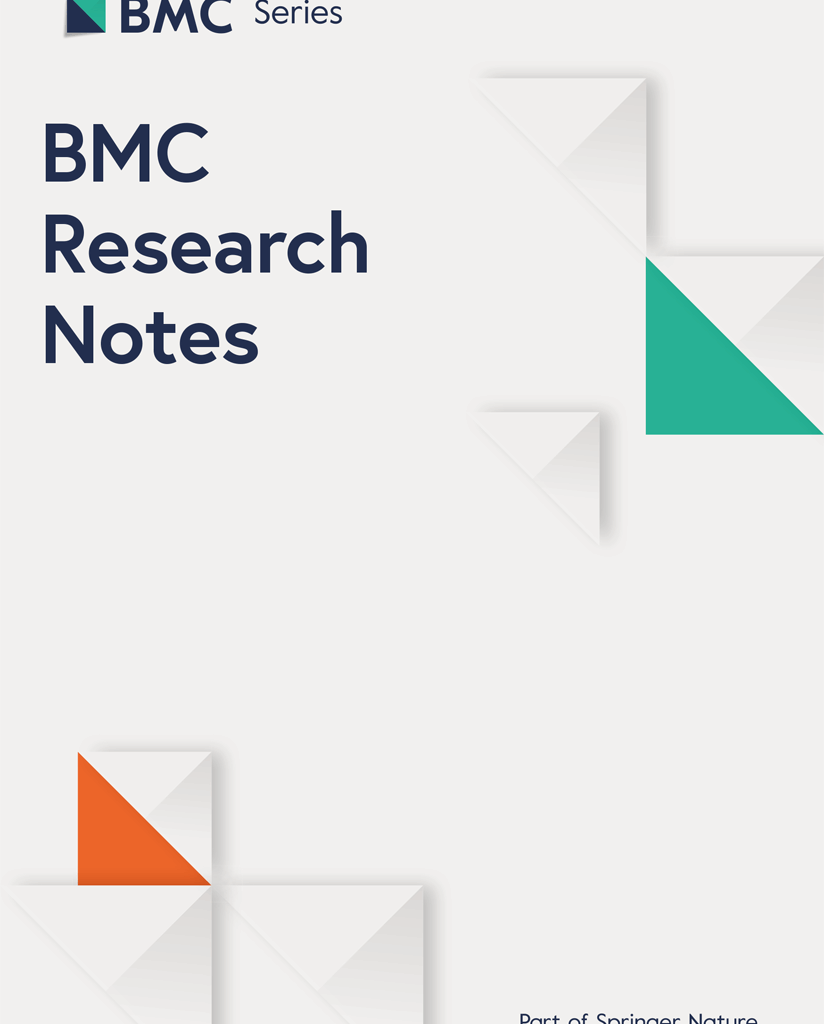When conducting health advocacy projects, it is necessary to have a thorough knowledge of sociodemographic and social organization of the target group [14]. In the initial stages, the leadership of the health professional coordinating the PDC proved crucial, providing a source of trust that enabled patients to work together. Engaging those who play a central role in bringing the group together and promoting shared decision-making through a horizontal approach is recommended. We prioritised creating a space for open discussion where information exchange was grounded in mutual learning about the neighbourhood and experiences with community action. The activities undertaken during the social diagnosis phase enabled us to contextualise relational dynamics and gain deeper insight into power structures, in line with the sociogram-based approach described by Biardi et al. [15]. Although patient support groups are not typically conflictive, participants described tensions between the PDC and policymakers stemming from previous advocacy actions, which risk straining institutional relationships and undermining the sustainability of actions led by the group [16].
Ecuadorian legislation mandates that all health centres have a support group for chronic patients, with the collaboration of a clinician to develop non-pharmacological management strategies and health promotion activities. A key finding of our advocacy process was that club activities depended on the predisposition of individual professionals and revealed limited connection between chronic patient groups from other centres. This fragmentation may reduce the effectiveness of activities and weaken prevention efforts [17, 18]. The SWOT analysis identified low participation in PDC activities as a weakness, despite participants being T2DM patients monitored through the group. As highlighted in literature, a major challenge in working with disadvantaged populations lies in fostering meaningful participation [19, 20].
During the process, discussions focused on individual behaviours and motivations. A key concern was lack of motivation among PDC members, often framed as personal failing rather than linked to structural barriers. The unplanned activity “Dear Health Minister” was introduced to encourage a more collective perspective, but the demands continued to reflect a biomedical view of health, focused on access to medication and attendance at consultations. This reflects broader critiques of the biomedical model, which overlooks social and contextual factors that determine health and individual behaviour [21].
Digital Storytelling proved to be an effective method for communicating information and a powerful tool for uncovering context-specific knowledge that might not emerge through traditional research [22]. It allows participants to articulate lived experiences, highlight structural barriers, and raise issues relevant to their communities. This makes it especially valuable in participatory research and advocacy, where understanding grassroots perspectives and priorities is essential. Filming deteriorated streets or traffic jams emphasized environmental factors beyond what is typically addressed in T2DM clinical guidelines.
Another finding was the emphasis on familiar support. PDC members requested that storytelling include messages about self-esteem and emotional well-being, highlighting psychosocial dimensions of chronic disease management and the role of peer groups. Storytelling showed how relevant the PDC was as a space to escape duties and responsibilities while caring for well-being. One of the strengths of the initiative was the involvement of other support groups and health professionals in reviewing the videos. This feedback enriched the material, broadened its reach, fostered new connections, and laid the groundwork for future initiatives.
The participatory activities and their results highlight the importance of support groups and their impact on emotional well-being. Our primary goal was not fully achieved, as the difficult political context prevented joint work and advocacy with local and national politicians. Nevertheless, the process was successful in raising awareness, creating spaces for discussion, and forging alliances with health professionals to advocate for chronic patients’ right to health through collective action. Future initiatives should focus on flexible strategies that adapt to shifting political and social contexts, incorporating multiple channels of advocacy.
We experienced difficulties in achieving participation during the first storytelling workshop. Although we offered transport, it was challenging to encourage participants to move from their familiar setting to the university, this was resolved during the video recording phase because we moved into community. Despite participation of club members and clinicians, the short-term design limited capacity to generate advocacy outcomes. Trust is built over time, so it may be advisable to design projects with medium- to long-term implementation to foster more effective outcomes [23].
Baseline indicators were not collected and as a result, we were unable to assess the before-and-after impact of the actions. Although participatory research has proven effective in addressing health disparities, our process was not designed to measure impact on this dimension. At the outset of the storytelling process, we were mindful that power and leadership dynamics within patient clubs and social organisations could affect participation. Since the club´s establishment in 2007, the executive committee, composed of a president and a vice-president, has been developed by the same individuals along with itinerant members. This non-selective model, effective in their case due to the representative’s influence, shaped how members interacted with the club. Two influential leaders decided not to join the activities, which had a negative effect on participation. While we aimed to construct a collective community narrative, this excluded certain voices. The outcomes reflect the shared history of the PDC according to the participants, but not necessarily the full diversity of experiences. We also must acknowledge the imbalances between community members, health professionals and researchers due to differences in status, privilege, or historical contexts [24]. In our participatory process, we proposed addressing these by emphasizing equitable partnerships, empowerment, shared decision-making, and trust.

